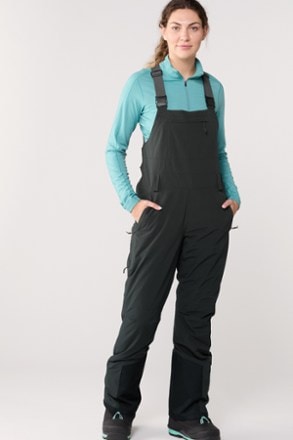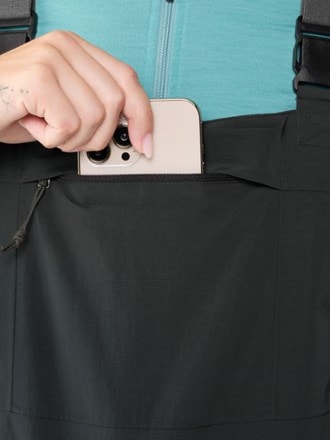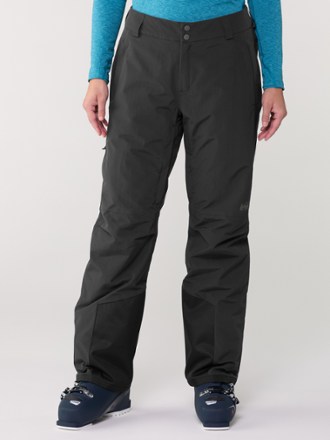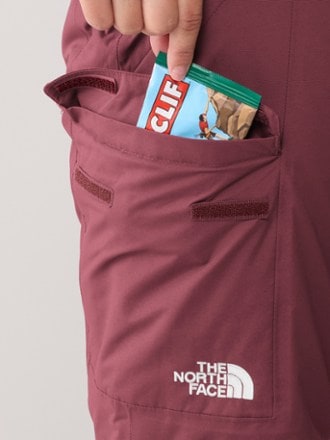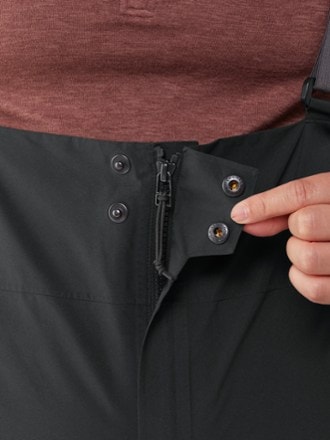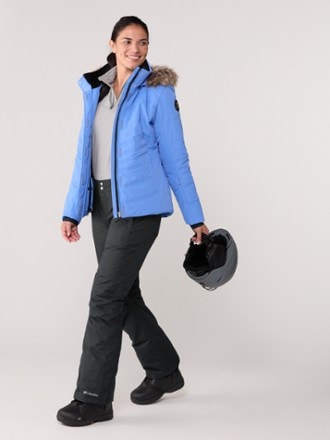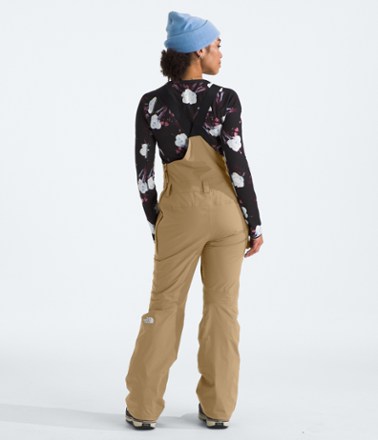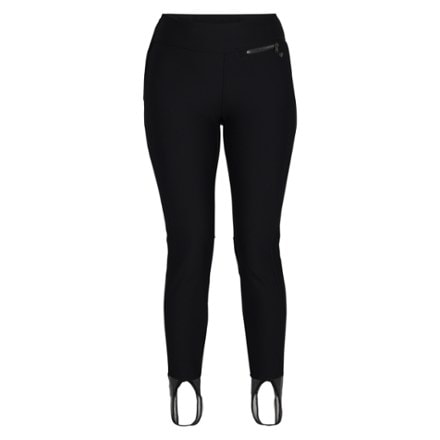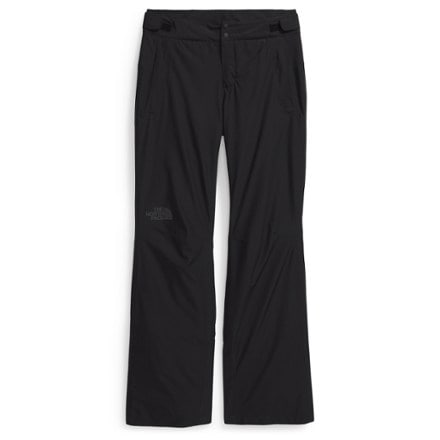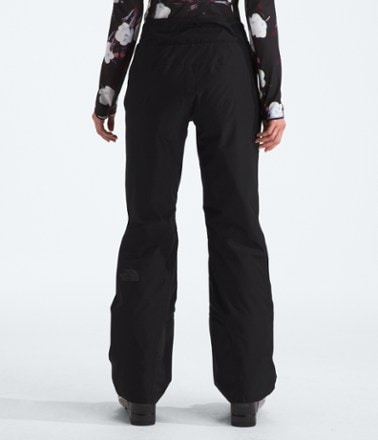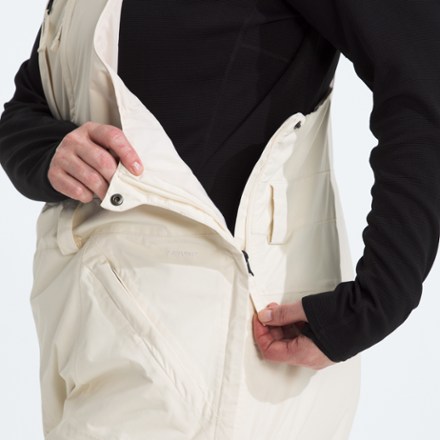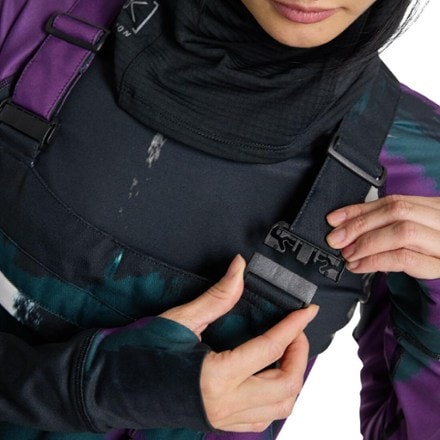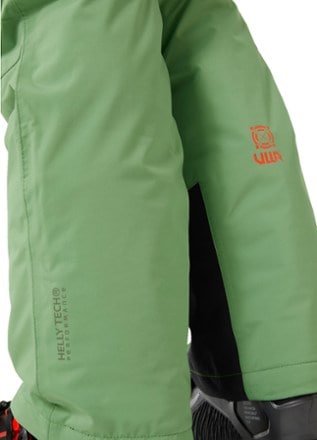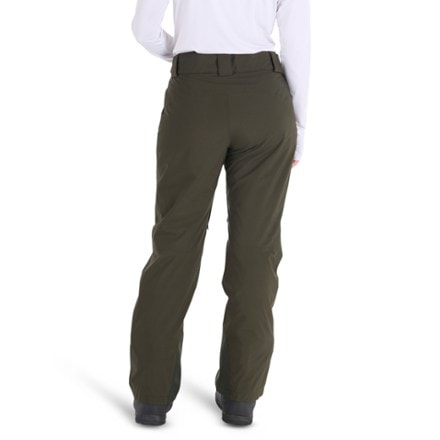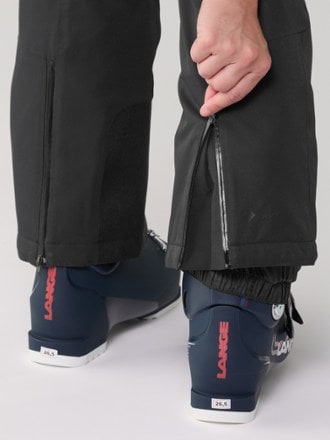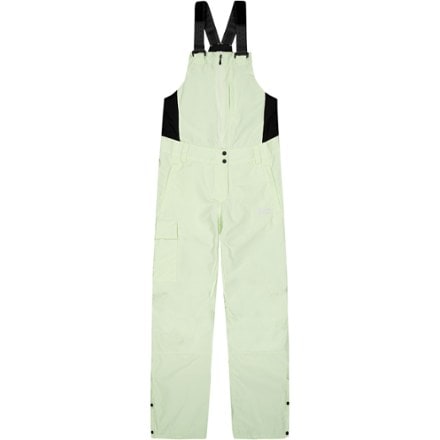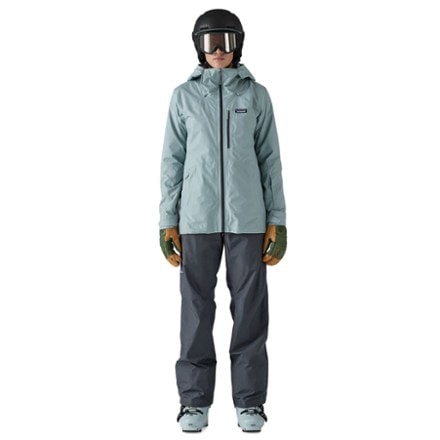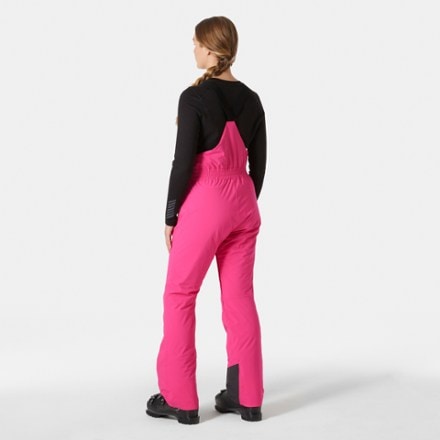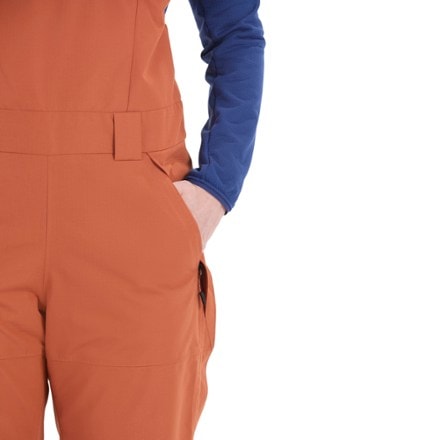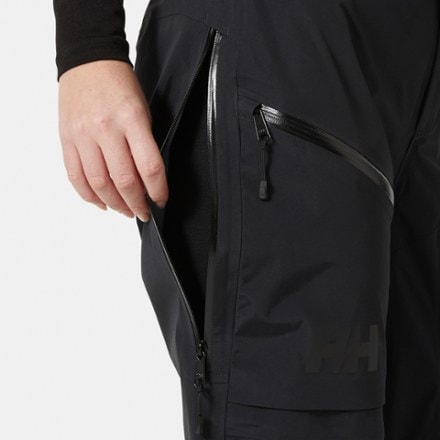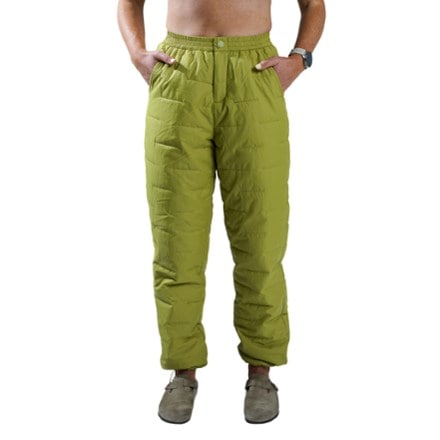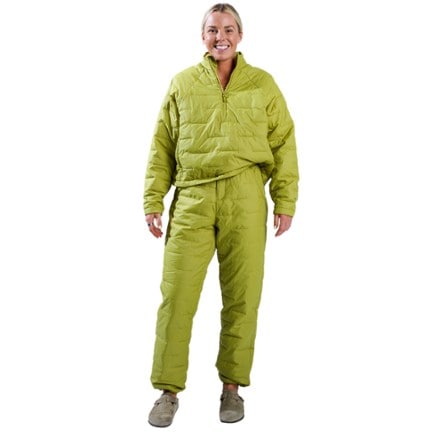Women's Snow Pants
(102 products)REI Co-opPowderbound Insulated Bib Snow Pants - Women's
$152.93Save 30%compared to $219.00REI Co-opPowderbound Insulated Snow Pants - Women's
$78.83Save 50%compared to $159.00- Top Rated
The North FaceFreedom Insulated Snow Pants - Women's
$139.93Save 30%compared to $200.00 REI Co-opFirst Chair GTX Bibs - Women's
$133.83Save 50%compared to $269.00ColumbiaBugaboo II Snow Pants - Women's
$59.83 - $83.93Save 30% - 50%compared to $120.00- Top Rated
The North FaceFreedom Bibs - Women's
$164.73Save 25%compared to $220.00REI OUTLET ObermeyerJinks ITB Soft Shell Pants - Women's
$103.93Save 30%compared to $149.00The North FaceDescendit Snow Pants - Women's
$134.73Save 25%compared to $180.00REI OUTLET- Top Rated
The North FaceFreedom Bibs - Women's
$109.83Save 50%compared to $220.00 BurtonAvalon 2L Stretch Bib Pants - Women's
$129.83Save 50%compared to $259.95ObermeyerCloud Nine Snow Pants - Women's
$187.93Save 30%compared to $269.00Helly HansenSwitch Cargo Insulated Snow Pants - Women's
$149.73Save 33%compared to $225.00REI OUTLET- Top Rated
MarmotSlopestar Snow Pants - Women's
$131.73Save 24%compared to $175.00REI OUTLET Kari TraaRagnhild Ski Bib Pants - Women's
$184.73Save 26%compared to $250.00REI OUTLET- Top Rated
ObermeyerBliss Snow Pants - Women's
$98.83Save 50%compared to $199.00 Free CountryUltraFill Fleece Joggers - Women's
$39.73Save 33%compared to $60.00REI OUTLETBurtonReserve 2L Stretch Bib Pants - Women's
$139.83Save 50%compared to $279.95Picture Organic ClothingBrita Snow Bib Pants - Women's
$116.83Save 50%compared to $235.00- Top Rated
The North FaceFreedom Insulated Snow Pants - Women's
$149.73Save 25%compared to $200.00REI OUTLET Boulder GearSlope Cargo Snow Pants - Women's
$104.73Save 25%compared to $140.00REI OUTLETPatagoniaPowder Town Bib Pants - Women's
$148.83Save 50%compared to $299.00ObermeyerBliss Bib Snow Pants - Women's
$148.83 - $208.93Save 30% - 50%compared to $299.00Helly HansenPowderqueen Bib Pants - Women's
$149.83Save 50%compared to $300.00Helly HansenLegendary Insulated Bib Snow Pants - Women's
$119.83Save 50%compared to $240.00Boulder GearZoe Snow Pants - Women's
$129.73Save 25%compared to $175.00REI OUTLETMarmotGlades Bib Snow Pants - Women's
$187.73Save 24%compared to $250.00REI OUTLETHelly HansenSogn Shell Pants - Women's
$161.83Save 50%compared to $325.00MarmotKate Pants - Women's
$131.73Save 24%compared to $175.00REI OUTLET- Top Rated
686Black Magic Bib Snow Pants - Women's
$195.93Save 30%compared to $279.95 Wild RyePayette Insulated Pants - Women's
$94.83 - $159.00
Related Expert Advice articles
Related searches
Frequently asked questions about women's snow pants
Women's Snow Pants
Winter activities are more fun if your legs are warm, so it's nice to have pants that can protect you from wind, snow and rain.
Types of Women's Snow Pants
Any warm, water-resistant pants can work for most types of snowy fun. No rule says you can only use ski pants for skiing or snowboard pants for snowboarding.
Ski pants: Windproof and waterproof (or water resistant), these lined or insulated pants typically have abrasion-resistant areas and flexible areas. Many have vents and often gaiters or inner cuffs to keep snow out of your boots. (Learn more in What to Wear Skiing and Snowboarding.)
Snowboard pants: Weather protection, performance and features are very similar to ski pants. It's mostly the "snowboarder look" that distinguishes them.
Cross-country ski pants: Because legs are constantly in motion, sleek, aerodynamic designs and stretch fabrics prevail. (Learn more in What to Wear Cross-Country Skiing.)
All-around snow pants: These pants work great for winter walks and hikes, building snow forts, sledding and snowshoeing. Also consider warm fleece pants or soft-shell pants.
Pants Features
Warmth: Most insulated snow pants have a water-resistant synthetic fill. For warmth with less bulk, look at pants that have a warm liner material instead.
Waterproofing: Waterproof/breathable technologies like GORE-TEX fabrics are best for high-energy activities. More affordable pants have water-repellent outer materials. Waterproof but nonbreathable options are best for casual use.
Snow cuffs/gaiters: These fit securely over your boot tops to keep snow out.
Ankle zips and side vents: Ankle zips make it easy to get pants over boots; side vents let you cool off if you work up a sweat.
RECCO reflectors: Sewn into the fabric, these aid rescuers equipped with a special RECCO detector unit. (They're one more rescue tool-but not a substitute for essential avalanche rescue gear and training.)

